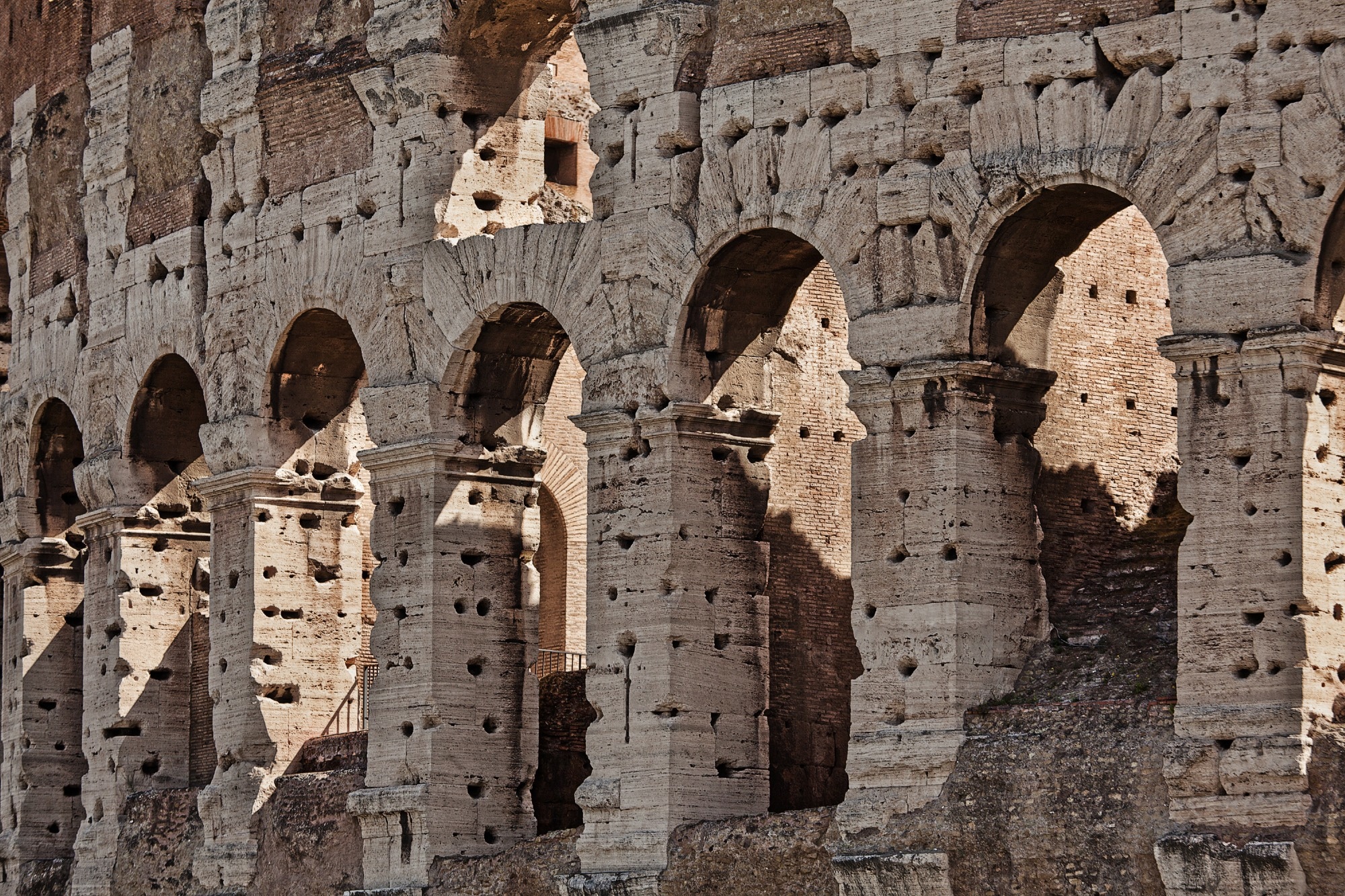In the first global analysis of its kind, researchers found that Roman concrete is only more sustainable than modern concrete if produced with renewable energy, challenging the assumption that its ancient recipe is automatically greener.
 Study: How sustainable was ancient Roman concrete? Image Credit: Steve Lovegrove/Shutterstock.com
Study: How sustainable was ancient Roman concrete? Image Credit: Steve Lovegrove/Shutterstock.com
A new article in iScience systematically quantified the environmental impacts of different Roman concrete formulations, comparing them to modern technologies using the life cycle assessment (LCA) methodology. The study examined greenhouse gas emissions, particulate matter emissions, energy demand, and water consumption, providing the first detailed, data-driven look at Roman concrete’s sustainability profile.
Background
Roman concrete has drawn growing research interest for its exceptional longevity and potential as a lower-carbon alternative to modern concrete mixes. Ancient builders relied on locally sourced volcanic materials and lower-temperature production methods than those used for Portland cement.
Formulations typically combined pyroclastic rocks with lime-based mortar, water, and pulverized volcanic rocks known as pozzolans. Modern definitions describe a pozzolan as a material rich in poorly crystallized silica or alumino-silicates that reacts with lime under moist, ambient conditions to form cementitious compounds such as calcium-silicate-hydrates or calcium-aluminum-silicate-hydrates.
The durability of pozzolanic mortar, its self-healing properties, and the hydraulic capabilities of Roman structures remain relevant today, aligning with current developments in alternative binders, low-clinker cements, and carbon-efficient construction methods. Revisiting these historical strategies could help reduce carbon emissions and the environmental footprint of the construction sector.
Methods
Until now, no rigorous environmental impact assessment had been conducted on Roman concrete and mortar formulations in the context of modern production technologies. To address this, researchers compared Roman mortars and concretes with Portland cement-based counterparts, factoring in scenarios that extended service life or improved in-use performance.
The expected life cycle inventory for Roman concrete was estimated from anthropological literature and known composition data. Impacts were then assessed for energy demand, greenhouse gas (GHG) emissions, and key air pollutants, using comparable formulations made with today’s technology.
Three global production scenarios were modeled to account for pyroprocessing differences:
- Average modern production – global average fuel mix for kiln firing.
- Bioresource-based production – imitating Roman practices by using only bio-based fuels.
- Electric calcination using renewables – producing lime in an electric calciner powered entirely by renewable energy.
Results and Discussion
The LCA revealed that Roman mortars historically required substantial energy, largely due to the lime kiln process. Romans used oak and fir as fuel for kilns, in a multi-day cycle of loading, calcining, cooling, and unloading. Other tasks, such as transporting and mixing materials, relied on human and animal labor.
While modern concrete production uses highly efficient kilns capable of producing over 100 tons of clinker per hour, these rely heavily on fossil fuels. The Roman approach, by contrast, was less fuel-intensive per unit of fuel type but more time- and energy-demanding due to kiln inefficiency.
When modeled with current global average technology, Roman mortar formulations still consumed nearly twice as much energy as modern mortars. This gap narrowed for Roman mixes with lower amounts of energy-intensive binders.
In terms of GHG emissions, Roman concretes modeled with modern production generally emitted more than modern formulations. Only under the fully renewable-powered electric calcination scenario did Roman concretes show lower GHG emissions than their modern equivalents.
These findings show that Roman concrete’s environmental advantages are conditional - not inherent - and depend heavily on the energy source used in production.
Conclusion and Future Prospects
This study represents the first global-scale LCA of Roman concrete recipes prepared with modern, state-of-the-art technology. It offers valuable baseline data for assessing their environmental impact and potential role in sustainable construction.
However, the authors note key limitations: performance metrics such as constructability, compressive strength, and climate-specific durability were not part of the environmental analysis. Structural design requirements, carbonation potential, and service life variability were addressed only preliminarily.
They also caution that Roman structures were unreinforced and that their longevity may reflect “survivor bias.” Therefore, comparisons with modern reinforced concretes should be interpreted carefully.
Future research should evaluate reinforcement compatibility, broader durability metrics, and performance under various environmental conditions to fully assess the practical viability of Roman concrete in contemporary applications.
Journal Reference
Martinez, D. M., Miller, S. A., & Monteiro, P. J. M. (2025). How sustainable was ancient Roman concrete? iScience, 113052. DOI: 10.1016/j.isci.2025.113052. https://www.cell.com/iscience/fulltext/S2589-0042(25)01313-6
Disclaimer: The views expressed here are those of the author expressed in their private capacity and do not necessarily represent the views of AZoM.com Limited T/A AZoNetwork the owner and operator of this website. This disclaimer forms part of the Terms and conditions of use of this website.